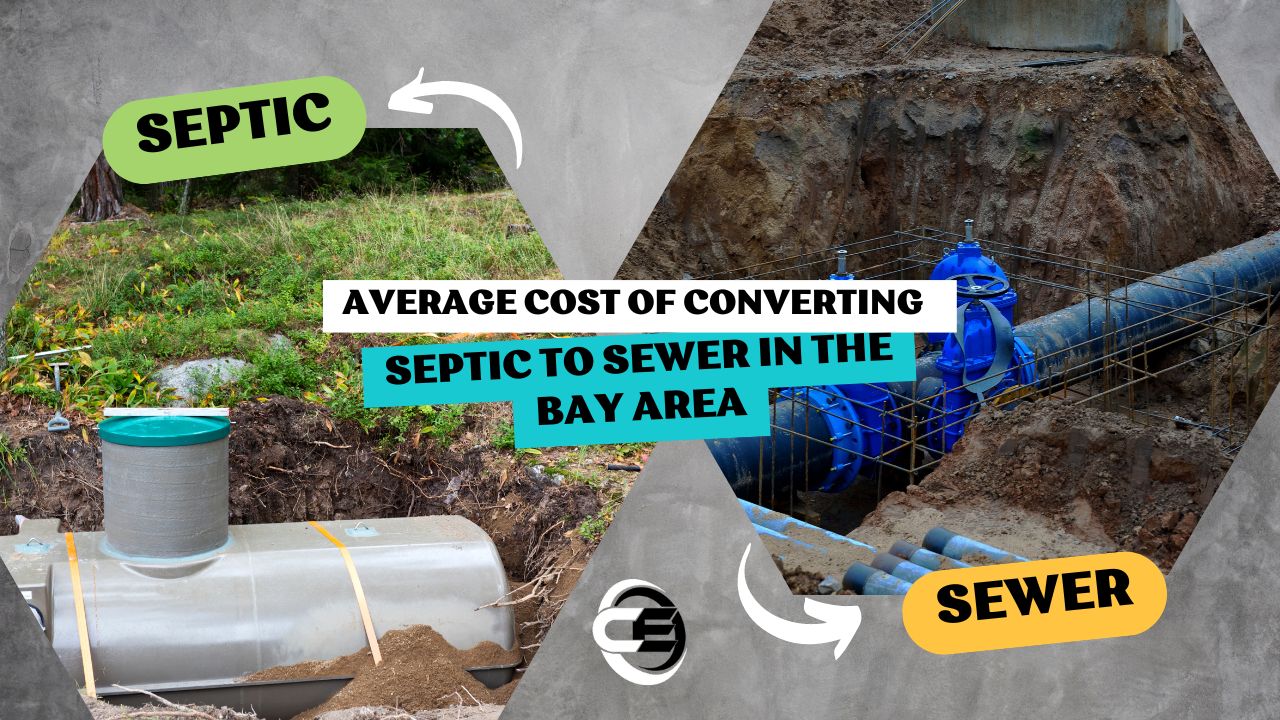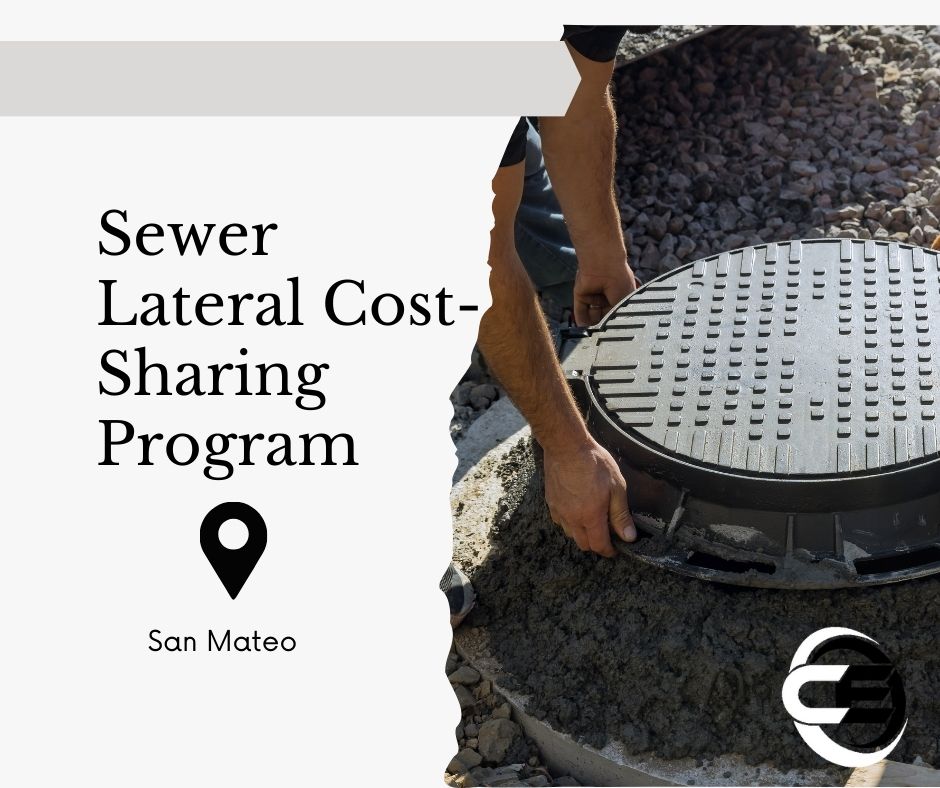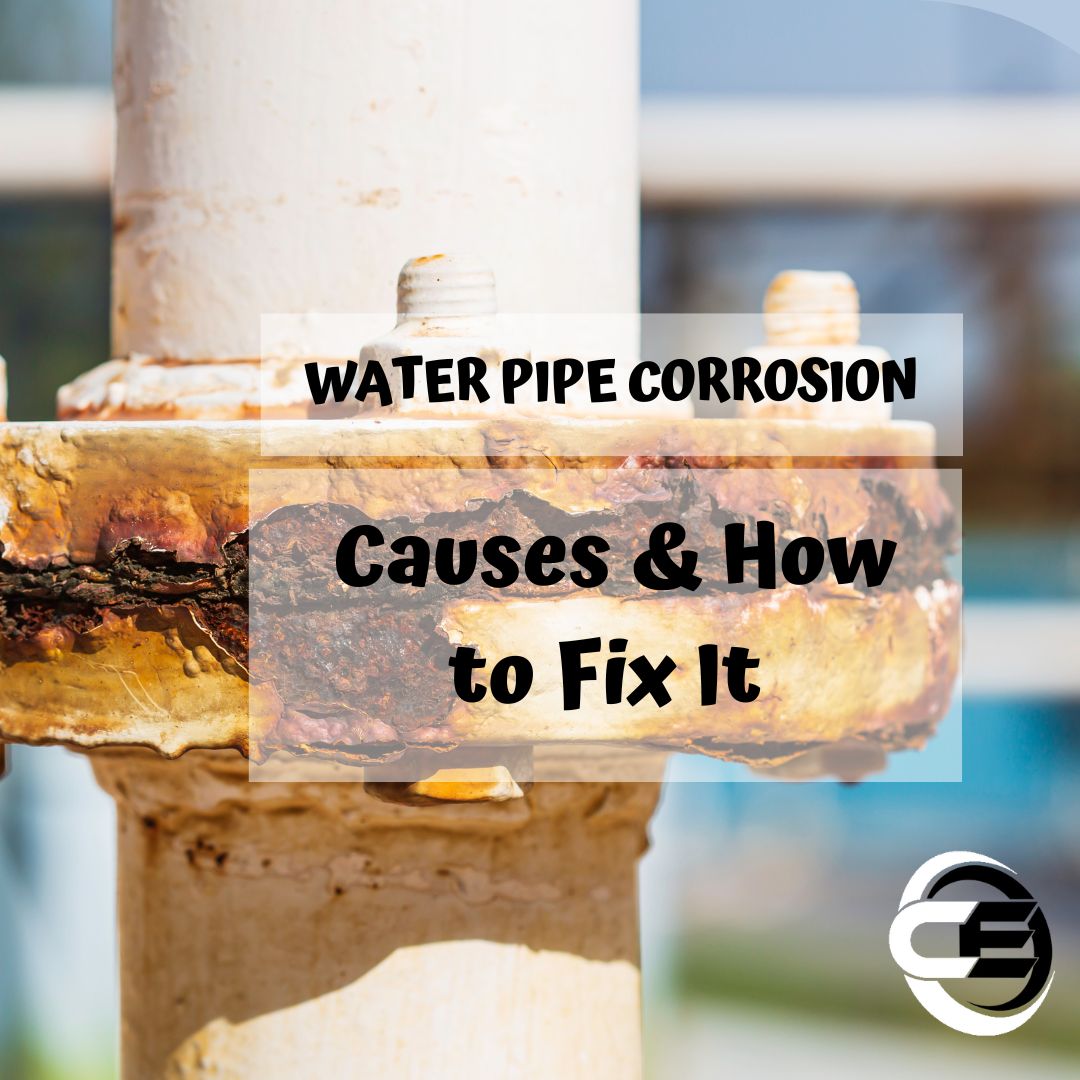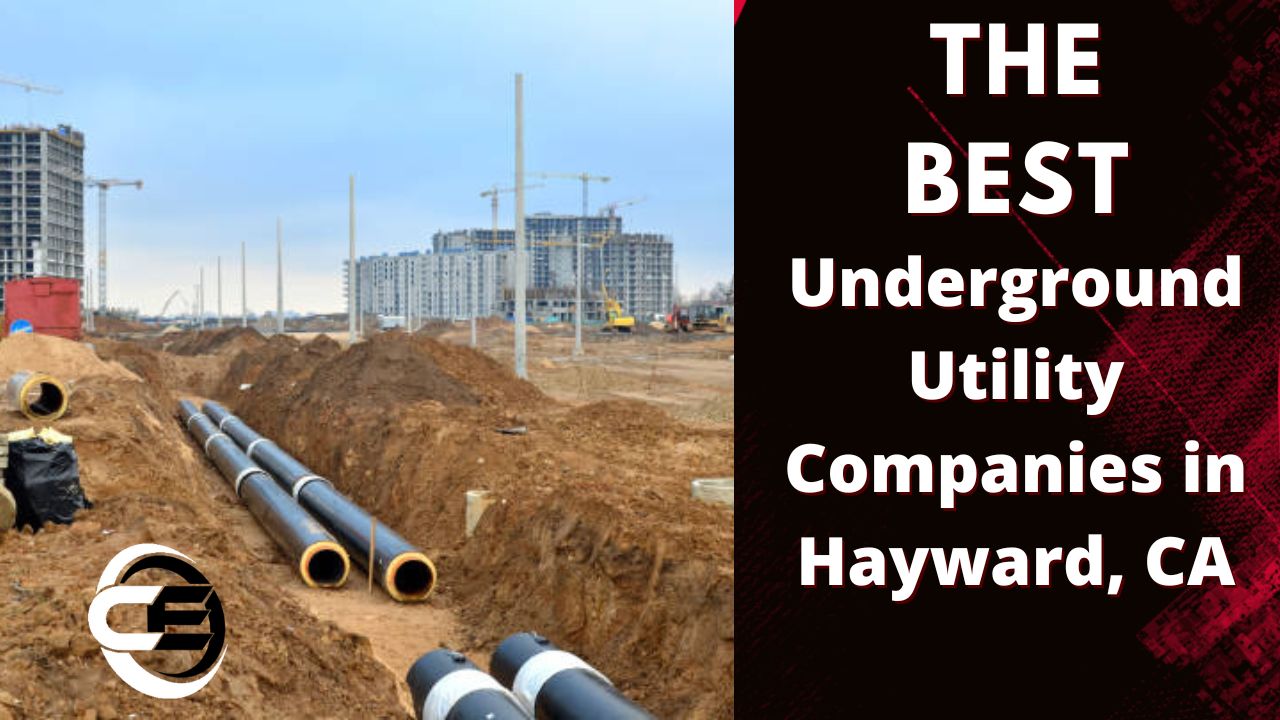Finding a leak in an underground pipe can be daunting because the pipes are concealed beneath concrete or between walls. If not detected and repaired promptly, the damage can be significant by the time it becomes visible on the surface, leading to costly repairs and potential structural issues. This article will take detailed steps to find and address underground pipe leaks.
We’ll cover the following:
- Signs of an Underground Pipe Leak
- Tools and Equipment for Leak Detection
- 8 Methods to Find an Underground Pipe Leak
- When to Call a Professional
- Preventing Future Underground Pipe Leaks
Signs of an Underground Pipe Leak
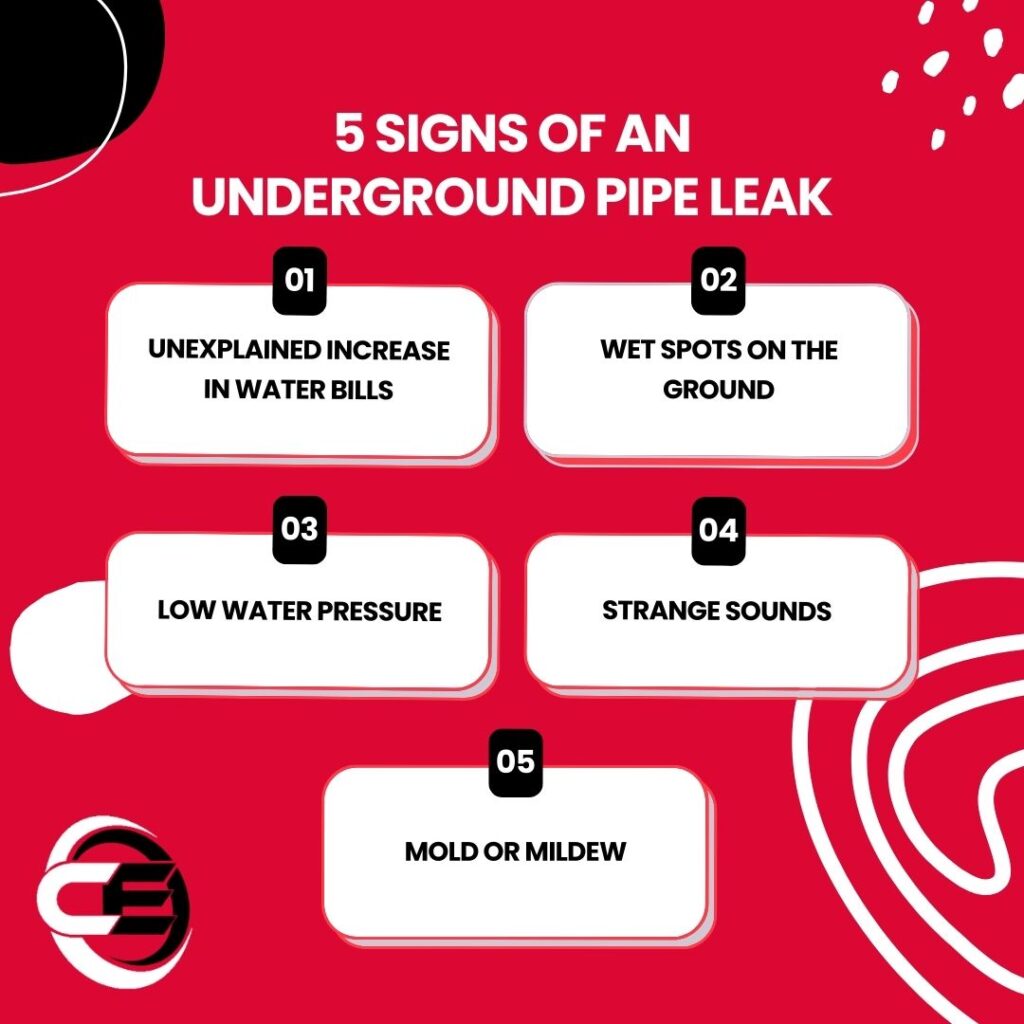
The most common indicators of an underground pipe leak include:
- Unexplained Increase in Water Bills: If your water bill suddenly spikes without a change in usage, there might be a leak.
- Wet Spots on the Ground: Persistently damp or soggy areas in your yard, even during dry weather.
- Low Water Pressure: A sudden drop in water pressure throughout your home.
- Strange Sounds: Check out for running water or hissing sounds when all taps are off.
- Mold or Mildew: Unexplained mold or mildew growth, especially in areas not typically damp.
Tools and Equipment for Underground Pipe Leak Detection
The right tools are the first step in accurate underground pipe leak detection. However, you can avoid this hassle by hiring experienced leak detectors in your neighborhood in Century Home Services. That said, here are some of the tools you need:
- Leak Detection Equipment: Ground microphones, acoustic leak detectors, and leak correlators. These tools help pinpoint leaks by detecting sound waves or pressure changes.
- Pressure Gauges to measure water pressure in your pipes. A significant pressure drop often indicates a leak.
- Soil probes to check moisture levels in the soil, helping locate leakage points.
- Infrared Cameras: Thermal imaging can reveal temperature differences caused by leaking water underground.
- Dye Testing Kits: These kits use colored dye to help identify leaks by observing where the dye surfaces.
8 Methods to Find Underground Pipe Leaks
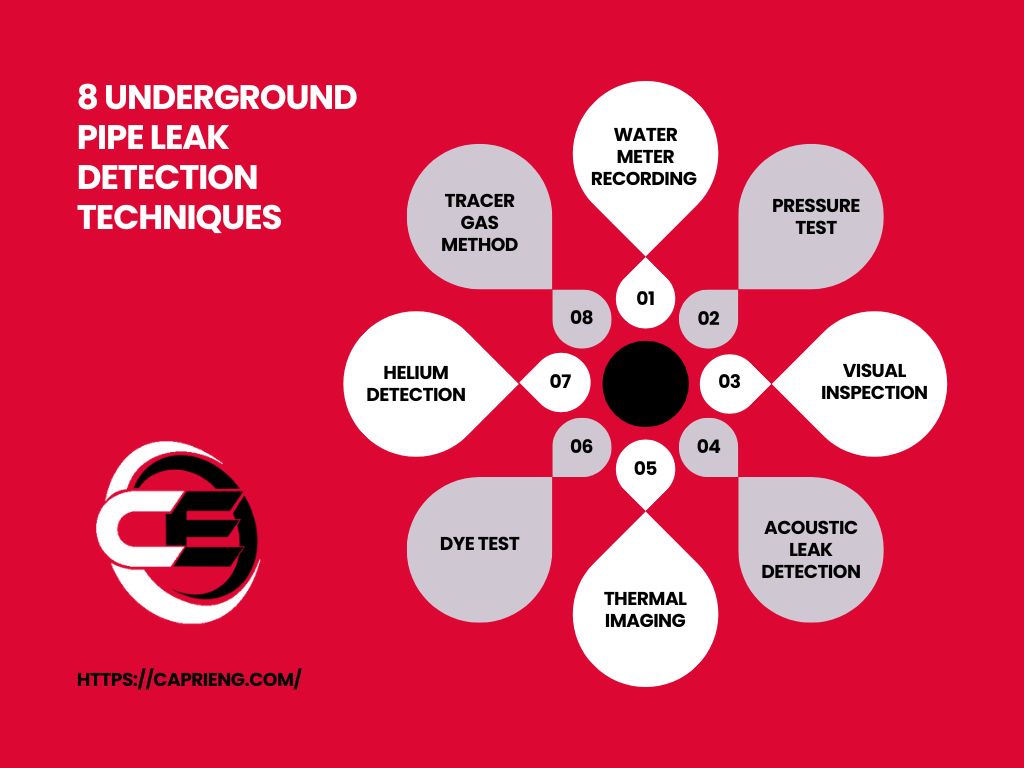
1. Water Meter Recording
The water meter test is a simple but effective way to confirm a leak. Follow the steps below to do this test:
- Turn off all faucets, showers, and appliances that use water.
- Take an initial reading of your water meter and record the number.
- Wait and observe for at least 30 minutes. Take another reading. If the meter has moved, it confirms a leak in your system.
2. Pressure Test
Pressure testing is a more technical method to detect leaks. Follow the steps below to do this test.
- Connect a pressure gauge to an accessible point in your plumbing system.
- Shut off the main valve to isolate your system.
- Observe the gauge for any pressure drop. If the pressure drops without any water usage, a leak is likely.
3. Visual Inspection
A basic visual inspection can be very effective in underground pipe leak detection. Follow the steps below:
- Walk around the area where pipes are buried and check for unusual wet spots, pooling water, or areas of grass that are greener or more lush than the surroundings.
- Check for small depressions or sinkholes in the ground that might indicate a leak.
4. Acoustic Leak Detection
Acoustic leak detection entails using sensors and microphones to capture sounds created by leaks due to pressure differential. Here are the steps to use the method:
- Place a ground microphone above the suspected leak area.
- Listen for amplification of the sounds of water escaping from pipes to pinpoint the leak’s location.
- Lastly, use multiple sensors to triangulate the exact location of the leak based on sound waves.
5. Thermal Imaging
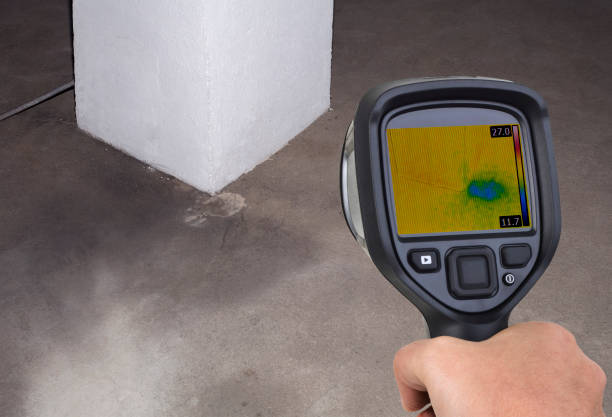
This method uses thermal cameras to find temperature variations due to escaping liquids or gases. You can use thermal imaging by following these steps:
- Use an infrared camera to scan the ground where you suspect a leak.
- Identify hot or cold spots caused by a temperature change in leak points.
6. Dye Test
Dye testing is helpful for suspected localized leaks. To use the method, follow these steps:
- Add a non-toxic dye to the water system.
- Monitor the suspected leak area. Watch for colored water appearing on the surface.
Finding a leak sometimes requires advanced techniques. Professional plumbers often use the following methods, especially for deep or hard-to-reach underground pipe leaks:
7. Helium Detection
Helium detection is a precise method that involves introducing helium gas into the pipes. After that, we use sensors to detect helium escaping through the ground, pinpointing the leak’s location.
8. Tracer Gas Method
The tracer gas method is similar to helium detection but uses tracer gas. Then, sensors above ground pinpoint the location of the leakage.
When to Call a Professional
Some leaks are too complex or deep to handle on your own. In these cases, it’s best to call a professional plumber. We have the expertise and equipment to locate and repair leaks efficiently. Caprieng employs advanced tools like:
- Electronic Amplifiers to detect the sound of water escaping from pipes.
- Ground Penetrating Radar (GPR) to locate underground pipes and leaks, even through concrete or thick soil.
- Leak Correlators to analyze sound patterns between sensors placed at different points on the pipe, helping pinpoint the leak location.
Preventing Future Underground Pipe Leaks
Once you’ve located and repaired a leak, it’s essential to take preventive measures. Doing this can help avoid future leaks and the associated costs and damages.
1. Regular Maintenance
Annual maintenance of your plumbing system is critical to preventing leaks. Conduct routine inspections and fix minor issues before they escalate. Check for signs of wear and tear, corrosion, or loose fittings.
2. Pressure Regulation
High water pressure can strain your pipes and cause leaks. The recommended water pressure is 45-80 PSI to reduce the risk of pipes bursting or developing leaks.
3. Use Durable Materials
When installing new pipes or replacing old ones, choose durable materials. Opt for pipes resistant to corrosion and wear, such as PEX or copper. Avoid using materials that are prone to cracking or rusting.
4. Proper Installation
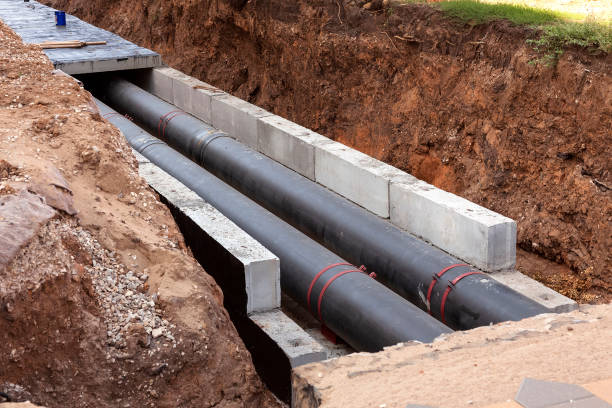
Ensure that pipes are installed with correct bedding and protection from external forces. Pipes should be buried at least 1 foot below the frost line to avoid freezing or 2 feet underground in non-freezing zones to prevent external pressure damage.
5. Monitor Water Usage
Keep an eye on sudden spikes in usage, which can indicate a leak. Installing a smart water meter can help monitor your water consumption in real time, allowing you to detect unusual patterns early.
Get Professional Leak Detection Services
You can locate underground pipe leaks through the signs we have highlighted or by using the right tools. Early detection is crucial, whether using simple methods like checking the water meter or advanced techniques like thermal imaging. It saves you time and money and prevents extensive property damage.
If you encounter a leak that’s too challenging to handle, don’t hesitate to call our plumbers. We have the expertise and specialized equipment to locate and fix leaks.

